Why Are Membranes Critical for Horse Arenas?
Standing water in horse arenas can create slippery and uneven surfaces, posing significant risks to both riders and horses. Not only does it degrade the riding experience, but it can also cause soft spots in the ground, leading to potential hazards like tripping or sinking into the arena. Additionally, water accumulation can damage the sub-layers beneath, impairing their functionality and durability. Proper drainage and high-quality geotextile membranes are essential to prevent these issues and ensure a safe, stable surface for riding.
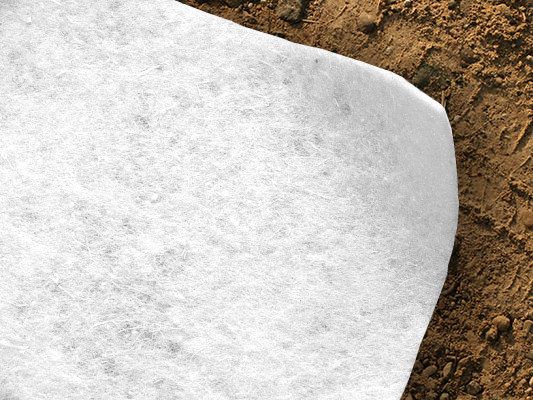
What Are Geotextile Membranes?
In simple terms, a geotextile membrane acts as a barrier between different types of materials, preventing them from mixing. In horse arenas, this means separating the sand from the sub-layers below, ensuring the sand remains stable and doesn't disperse over time. There are two main types: non-woven membranes, which allow water to drain through quickly, and woven membranes, which are less expensive but don't facilitate drainage.
Non-woven membranes are typically used above the drainage pipes, while woven membranes are installed at the base layer since drainage is handled by the underlying pipes. For more details on geotextile membranes, check out our comprehensive guide: Geotextile Membranes Explained.

What Types of Membranes Are Available?
Geotextile membranes come in various brands, colors, and weights. Popular brands include Terram and Lotrak, among others. Black membranes are usually woven, allowing slower water flow, while white membranes are non-woven, facilitating quicker drainage. They're measured in grams per square meter (GSM), with higher numbers indicating thicker, stronger membranes.
For horse arenas, a minimum of 300GSM is recommended due to the heavy foot traffic. Temporary arenas require 100GSM, light-use arenas 200GSM, medium-use arenas 300GSM, and permanent arenas should use 500GSM membranes. Typically, black woven membranes are placed at the base layer, with a heavier white non-woven membrane on top to support the sand.
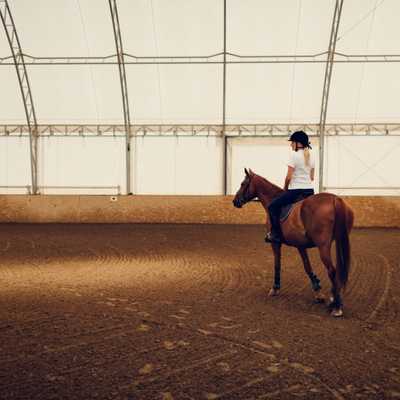
What Do Geotextile Membranes Do?
These membranes separate aggregates, prevent loss of materials, stabilize the ground, and allow water to pass through without letting particles clog the drainage system. Without them, arenas can suffer from blocked drainage, waterlogged sand, and eventual loss of sand, creating dangerous pits and puddles. A well-draining arena is essential for rider and horse safety.
Many customers try to cut costs by choosing inappropriate membranes, such as using black woven membranes for both layers or opting for lightweight white non-woven membranes for permanent arenas. While it might seem cost-effective initially, using the wrong membranes can lead to costly repairs or even lawsuits if accidents occur. We're always here to help answer any questions about membranes—just give us a call or send an email!
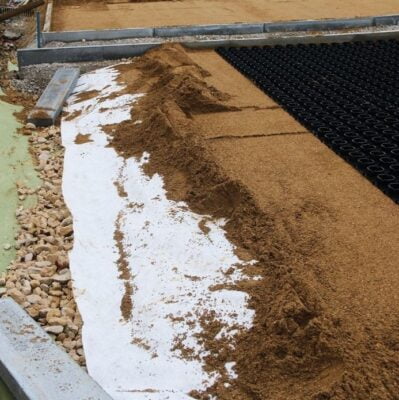
We'd be happy to assist with any questions you have about horse arena membranes—don't hesitate to reach out!
Shop Membranes:
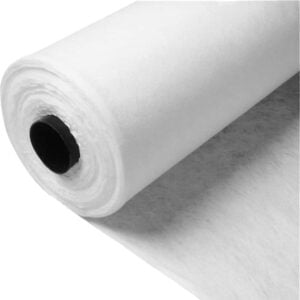
Terram T1000 Non Woven Geotextile Membrane – Custom Size
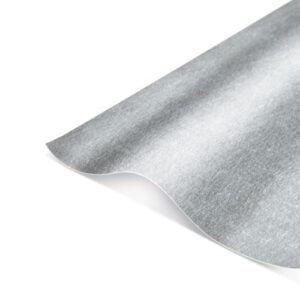
White Non Woven Drainage Membrane (200gsm) – Custom Sizes
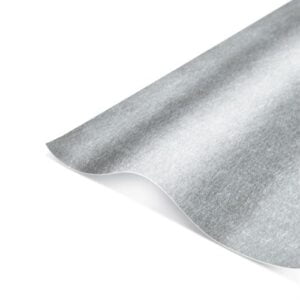
White Non Woven Drainage Membrane (300gsm) – Custom Sizes

Black Woven Geotextile Membrane For Driveways etc – Custom Sizes
Curtain Wall Glass,Colored Glass,Glass Wall,Glass Curtain Wall
SHANDONG TOP LEADER GLASS CO.,LTD , https://www.topleaderglass.com